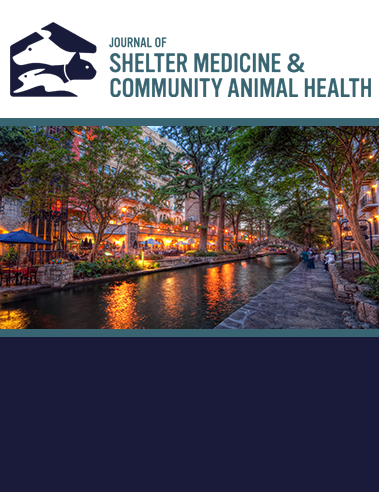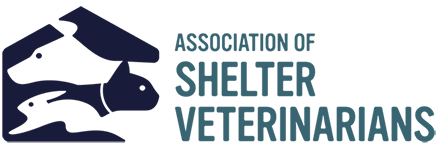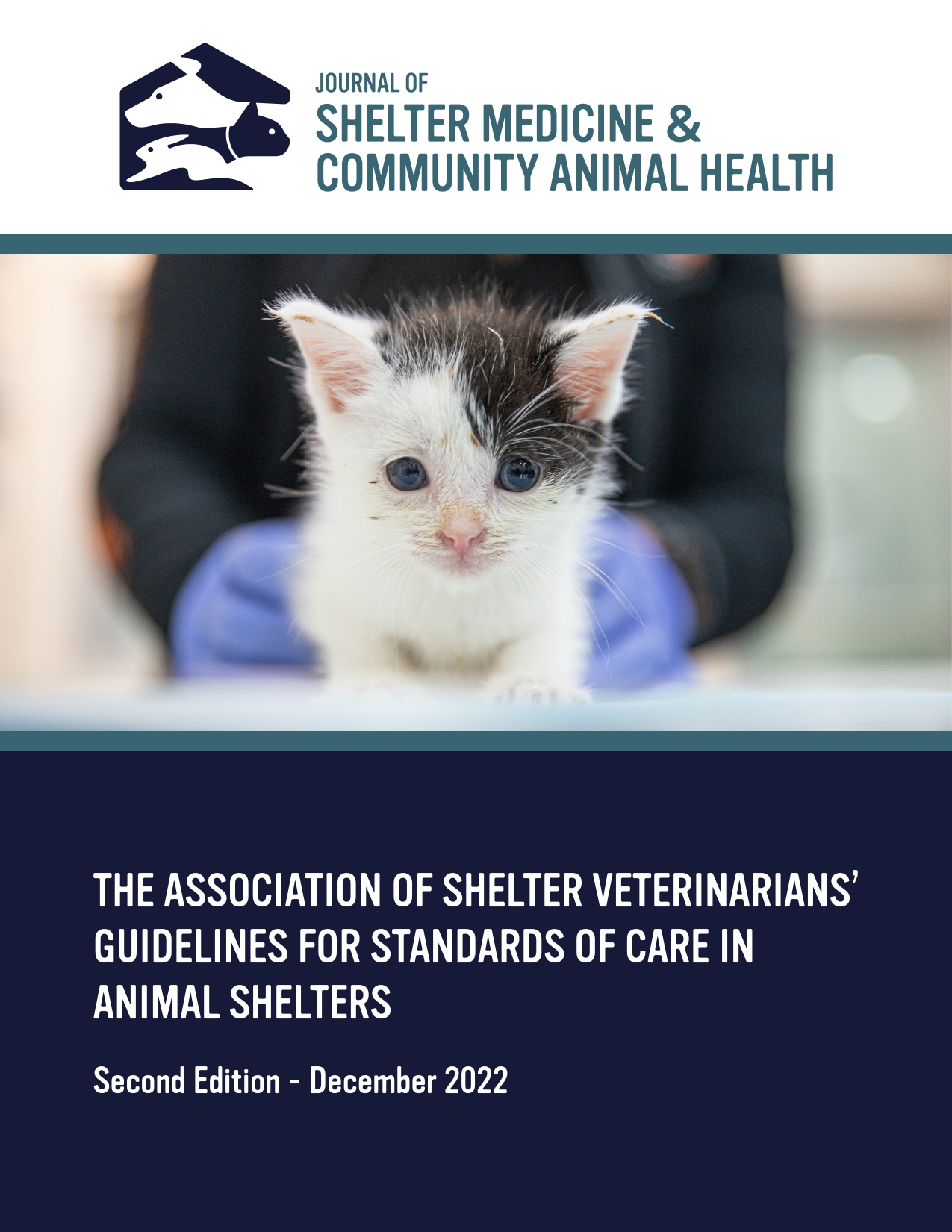Integrated Protocols for HPAI Mitigation in Free-Roaming Cat Colonies and HQHVSN Clinics: A Biosecurity Framework [Abstract]
DOI:
https://doi.org/10.56771/jsmcah.v4.135Abstract
Introduction
Highly pathogenic avian influenza (HPAI), which has a marked morbidity and mortality in cats, poses a significant risk to free-roaming cat populations due to frequent contact with wild birds. Managing these risks is critical to maintaining both individual and population health. Veterinarians and organizations involved in high-quality, high-volume spay/neuter (HQHVSN) settings where biosecurity challenges are amplified and free-roaming cats are frequent patients are poised to help with both mitigation and surveillance concerns. This protocol effort seeks to use evidence-based strategies to mitigate HPAI transmission in feral cat colonies while ensuring safe and efficient HQHVSN operations.
Case Description
This integrated approach involved implementing comprehensive protocols in regional HQHVSN facilities serving urban and rural feral cat populations. Key interventions included:
- Facility Layout and Traffic Flow:
- Designated intake areas for feral cats, shelter animals, and community pets with clear signage to prevent crossover.
- Isolation and quarantine spaces for sick or newly arrived cats, away from high-traffic zones.
- Controlled access to feral cat holding and isolation areas using limited personnel entry.
- Personnel Hygiene and PPE:
- Mandatory handwashing and availability of alcohol-based sanitizers.
- Staff adherence to PPE protocols, including gloves, gowns, and N95 masks during outbreaks.
- Clinic-only scrubs and footwear to prevent pathogen transfer to personal pets.
- Cleaning and Disinfection Protocols:
- Written SOPs for daily and between-patient cleaning using effective disinfectants.
- Dedicated equipment for different animal groups to minimize fomite spread.
- Patient Management:
- Grouped scheduling to separate high-risk feral cat surgeries from routine procedures.
- Immediate isolation of cats with respiratory or neurological symptoms.
- Planning protocols for ante and post-mortem testing
- Public and Staff Education:
- Training for volunteers and caretakers on biosecurity practices.
- Guidance for colony caregivers on safe feeding practices and monitoring for signs of illness.
- Monitoring and Wildlife Control:
- Surveillance of colony cats and reporting of unexplained illnesses.
- Rodent control and deterrents to reduce wildlife interaction near colonies and clinic areas.
Outcomes
It is hoped that organizations may reduce the risk of HPAI transmission in HQHVSN facilities to both staff and patients by following the protocol. Additionally, the goal is to assist caretakers and feral cat colonies managed through the facility during a regional avian influenza outbreak. Colony caregivers should have improved awareness and thus compliance with biosecurity measures if these efforts are started before an outbreak occurs. The goal is for every facility to maintain uninterrupted surgical services while minimizing cross-contamination risks.
Conclusion
Proactive biosecurity measures are essential for mitigating HPAI risks in feral cat colonies and HQHVSN clinics. Clear protocols for facility management, staff hygiene, and public education effectively reduce transmission risks, safeguarding both animal and public health. These strategies offer a replicable model for other veterinary and shelter organizations.
Downloads
References
1. Spickler AR, et al. Avian Influenza. Center for Food Security and Public Health, 2020. Last updated June 2024. Accessed January 22, 2025. https://www.cfsph.iastate.edu/Factsheets/pdfs/influenza.pdf
2. Marinova-Petkova A, Laplante J, Jang Y, et al. Avian Influenza A(H7N2) Virus in Human Exposed to Sick Cats, New York, USA, 2016. Emerging Infectious Diseases. 2017;23(12):2046-2049. doi:10.3201/eid2312.170798.
3. United States Department of Agriculture, Animal and Plant Health Inspection Service. Highly Pathogenic Avian Influenza (HPAI) Response Plan: The Red Book. Updated May 2017. Accessed January 22, 2025. https://www.aphis.usda.gov/sites/default/files/hpai_response_plan.pdf
Published
Issue
Section
License
Copyright (c) 2025 The Author

This work is licensed under a Creative Commons Attribution 4.0 International License.










